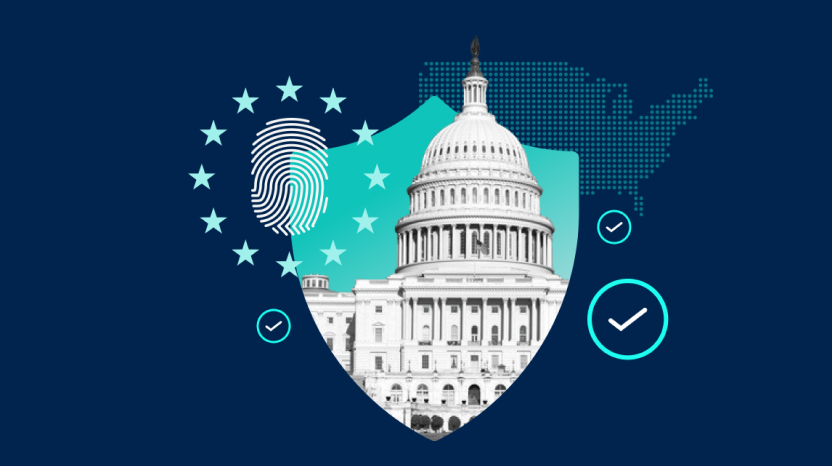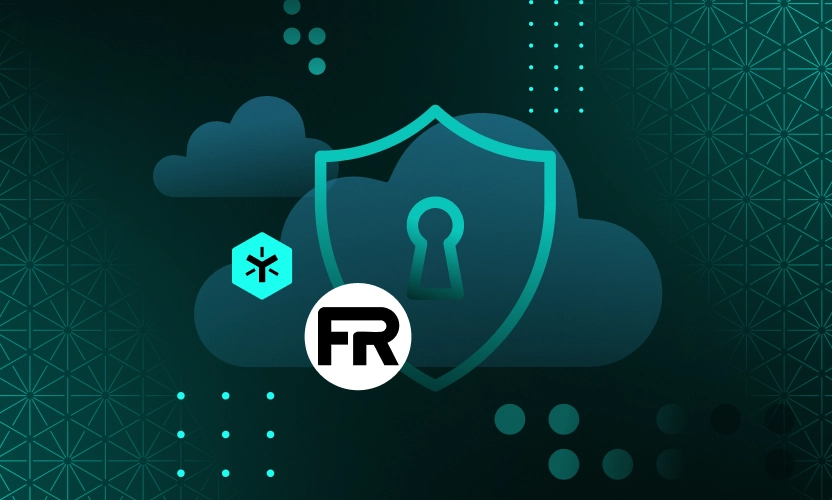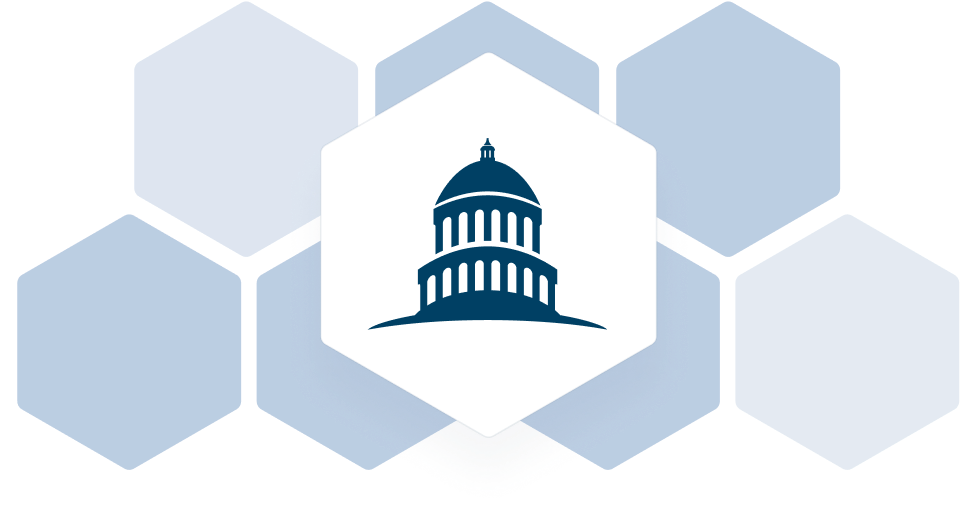FedRAMP High, Moderate, and Low Security Baseline Levels: Your Map to Federal Cloud Opportunity
Winning federal business isn’t just about having a great product; it’s about demonstrating you can safeguard the government’s most sensitive data against today’s advanced threats. For cloud providers, there’s a singular, non-negotiable passport into this high-stakes marketplace: the right FedRAMP certification level.
Now, are these organizations truly FedRAMP authorized at the level that clients demand?
The difference between FedRAMP Low, Moderate, and High isn’t just technical; it's strategic. Each level reflects the sensitivity of the data being handled and the level of scrutiny applied. Missing even a single control can cost vendors critical opportunities, regardless of their product’s strength or level of innovation.
For cloud service providers, the appropriate FedRAMP authorization level is non-negotiable. It's a signal to federal agencies that your platform can be trusted with mission-critical workloads.
This overview provides a clear breakdown of FedRAMP levels, their business implications, and how content governance platforms can support not only certification but ongoing compliance, ensuring readiness as requirements evolve.
Let’s jump in and learn:
- Understanding FedRAMP Security Controls: The Foundation for Trust
- FedRAMP High: For Mission-Critical Risk
- FedRAMP High: For Mission-Critical Risk
- FedRAMP Moderate: The Commercial Federal Standard
- FedRAMP Authorization Levels Explained
- Actionable Guidance for Key Roles
- Conclusion
- Frequently Asked Questions
Understanding FedRAMP Security Controls: The Foundation for Trust
The Federal Risk and Authorization Management Program (FedRAMP) is a robust security framework that allows U.S. federal agencies to leverage cloud technologies with confidence. At its core, FedRAMP is based on three key pillars:
- Confidentiality: Keeping sensitive government data out of the wrong hands.
- Integrity: Making sure data and systems stay accurate and trustworthy.
- Availability: Ensuring the right people have access when they need it.
FedRAMP controls are operational procedures, people policies, and technical safeguards. Each control is mapped directly to requirements in NIST SP 800-53, so you’re not only checking a box, but you’re also aligning with a recognized government security standard.
What this means in practice:
- You must continuously document, review, and improve your security practices—not just pass a one-time review.
- Controls encompass a range of measures, including data encryption, multi-factor authentication, incident response planning, and oversight of third-party vendors.
- Agencies and their assessors expect proof; every control must be supported by evidence.
Organizations don’t just struggle with technology; they struggle with documentation and ongoing control validation. As the number and complexity of FedRAMP controls increase with each level, relying on manual tracking often leads to missed deadlines and assessment findings.
Egnyte simplifies this process by mapping your documentation directly to each CMMC Level 2 control. With real-time dashboards, automated tracking, and secure evidence collection, the platform significantly reduces the manual burden, making compliance management faster and more reliable.
FedRAMP High: For Mission-Critical Risk
FedRAMP offers three primary compliance levels. Understanding the distinction between these is crucial; choose too low, and you won’t qualify for most federal work; too high, and you risk overspending on compliance.
FedRAMP Low
- Control Count: 125+
- Scope: Systems that only handle publicly available or non-sensitive information, such as open data portals or informational websites.
- Impact if breached: Minimal; limited to inconvenience or minor reputational loss.
FedRAMP Moderate
- Control Count: 325+
- Scope: Most common for SaaS and PaaS providers. Applies to systems handling controlled unclassified information (CUI), such as personnel records, legal documents, or internal agency operations.
- Impact if breached: Serious. Potential for legal, operational, or financial harm, but not catastrophic.
FedRAMP High
- Control Count: 421+
- Scope: Reserved for systems where a breach would cause catastrophic harm—national security, healthcare records, defense operations.
- Impact if breached: Severe. Threatens national security, public safety, or critical infrastructure.
How to choose:
- Understand the data type your platform will handle.
- Map those data types to impact levels, using authoritative FedRAMP guidance.
- Talk with agency buyers about their baseline expectations before you invest in certification.
FedRAMP High: For Mission-Critical Risk
FedRAMP High is not just about more controls; it’s about managing far greater risk. Systems that process Protected Health Information (PHI), Federal Contract Information (FCI), or national security data fall into this category. The requirements are more stringent, and the technical bar is higher.
Key requirements include:
- Implementing all 421+ FedRAMP security controls, with a strong focus on continuous monitoring, encryption (at rest and in transit), and comprehensive incident response.
- Detailed documentation and proactive risk assessment.
- Demonstrable “defense in depth”—multiple layers of controls protecting every critical asset.
Managing more than 421 security controls across cloud and on-premises systems is a significant challenge. Egnyte’s compliance dashboard enables your teams to continuously monitor control coverage, automatically flag gaps, and ensure documentation is always ready for inspection, thereby eliminating manual tracking headaches.
FedRAMP Moderate: The Commercial Federal Standard
If you’re a SaaS, PaaS, or IaaS vendor aiming to support most federal agencies, FedRAMP Moderate is your baseline. This level covers platforms that manage Controlled Unclassified Information (CUI), the data with which most agencies deal on a daily basis.
Key requirements include:
- 325+ FedRAMP controls, spanning identity and access management, data loss prevention, vulnerability scanning, security training, and boundary protection.
- Periodic independent third-party assessments and continuous monitoring obligations.
Steps to readiness:
- Start by mapping your existing controls to the FedRAMP Moderate requirements and identifying any gaps.
- Implement robust documentation practices—this is where most vendors lose time.
- Prepare for annual reassessments and monthly vulnerability scans as part of ongoing compliance.
From initial controls mapping to supporting ongoing assessments, Egnyte helps you automate and simplify your documentation process. With automated metadata tagging and content classification, your team can gather and organize assessment evidence as you go, drastically reducing prep time when you meet with assessors.
FedRAMP Authorization Levels Explained
Getting listed on the FedRAMP Marketplace requires more than just having the proper controls in place. You must formally secure an Authority to Operate (ATO) through either the Joint Authorization Board (JAB) or a sponsoring federal agency. An overview of significant requirements appears below.
JAB vs. agency ATO
- JAB ATO: Involves rigorous review from representatives of GSA, DoD, and DHS. More challenging to obtain, but it provides broad market recognition.
- Agency ATO: Backed by a specific agency with a defined use case. Often a faster path, but the authority may limit initial scope to that agency’s requirements.
Authorization lifecycle:
- Preparation: Gap analysis, controls implementation, System Security Plan (SSP) drafting.
- Authorization: Third-party assessment (3PAO), evidence submission, and remediation.
- Continuous Monitoring: Ongoing vulnerability scans, incident reports, and annual reassessments.
Teams struggle with gathering timely evidence, tracking remediation actions, and managing ongoing reporting cycles. Centralized compliance documentation tools can help you automate the monthly scanning reports and rigorously monitor workflows.
Actionable Guidance for Key Roles
Success with FedRAMP compliance isn’t just about passing an assessment. It’s about building resilient teams and processes that keep your organization ready year-round. Here’s what each major stakeholder needs to know:
CISO
- Responsibility: Sets the organization’s risk tolerance and selects the appropriate FedRAMP level. Oversees security strategy to meet and maintain certification.
- Best Practice: Leads regular reviews of controls’ effectiveness and fosters a compliance-first culture.
IT Security Lead
- Responsibility: Implements technical controls, monitors for vulnerabilities, and manages incident response.
- Best Practice: Utilizes automation and real-time dashboards (such as Egnyte) to stay ahead of compliance drift and security threats.
Compliance Officer
- Responsibility: Maintains documentation, coordinates with third-party assessors, and prepares for ongoing monitoring and annual reassessment.
- Best Practice: Uses a centralized content platform to manage policies, reports, and evidence, ensuring nothing falls through the cracks.
Business/Product Owners
- Responsibility: Ensure features and operations are aligned with security and compliance requirements.
- Best Practice: Maintain open communication with compliance and IT, and treat FedRAMP as a product differentiator, not as a cost center.
Where most projects stall:
- Viewing compliance as a “project” rather than as a “program.”
- Limited engagement with the company’s executive team and end-users, which can impact budgetary support and spark internal resistance.
- Lack of coordination between technical and compliance teams.
- Manual document management.
- Underestimating the effort required for continuous monitoring.
By bringing content, documentation, and workflows together in a single platform, Egnyte can help your teams stay aligned and be assessment-ready, with less stress and more visibility.
Conclusion
Navigating the complexities of FedRAMP certification levels can feel daunting, but for organizations with federal ambitions, it’s a non-negotiable part of the journey. Success isn’t just about achieving an initial ATO; it’s about operationalizing controls, staying ahead of evolving requirements, and enabling your teams to work with confidence.
By building compliance into your everyday workflows, you don’t just meet regulatory obligations, you earn trust, open new markets, and create lasting value for your business.
Egnyte empowers you to make that shift. With a single platform for content governance, continuous monitoring, automated data governance, and automated evidence management, Egnyte turns CMMC compliance- supported by a proven provider with FedRAMP Moderate Equivalency- from a barrier into a catalyst for growth.
If you’re ready to make your compliance program a true business advantage, connect today.
Frequently Asked Questions
What is FedRAMP Moderate, and how is it different from High?
FedRAMP Moderate is for most SaaS and agency-facing tools that manage CUI; High is for systems that, if breached, would endanger national security or critical infrastructure. High-risk situations require additional controls and a higher standard for monitoring and response.
Can I start with FedRAMP Low and scale up later?
Yes, but moving up requires a full assessment of additional controls and supporting documentation. Planning for Moderate or High early can save time and effort in the long run, but it is likely to result in higher initial budgetary outlay.
What’s the timeline for getting a JAB vs. Agency ATO?
Agency ATOs can sometimes be achieved in 6–12 months with a dedicated sponsor; JAB ATOs often take longer due to broader review. Both require thorough preparation and continuous commitment. You should reach out to the relevant U.S. Federal agency for additional details.
Which Egnyte features help manage FedRAMP cloud security controls?
As a Cloud Service Provider (CSP), Egnyte has achieved FedRAMP Moderate Equivalency. For our customers, Egnyte’s compliance dashboard, automated tagging and classification, centralized document repository, and continuous monitoring workflows all streamline the path to and through CMMC compliance.
How does continuous monitoring work post-authorization?
After you receive your ATO, you must perform monthly vulnerability scans, annual control assessments, and report incidents. Egnyte automates much of that reporting, keeps evidence organized, and simplifies secure sharing with assessors and federal agencies.
Additional Resources

Prepare for Your CMMC Assessment
Get guidance from CMMC experts on how to complete your assessment and maintain ongoing compliance for ...

Egnyte FedRAMP Compliance
Secure cloud collaboration for federal agencies and contractors with FedRAMP Moderate Equivalency.

Join Egnyte’s CMMC Community
Access resources, checklist, and webinars to prepare for CMMC compliance.